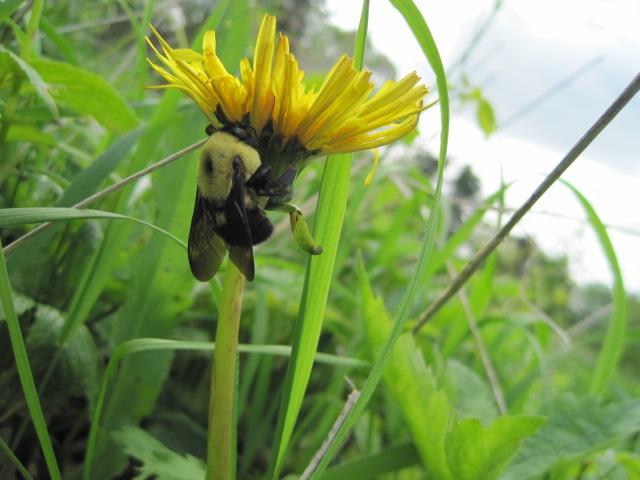The Dane County Pollinator Protection Task Force has a simple mission: be stewards of the region’s vital pollinating insects.
But protecting these pollinators isn’t so simple. After seven months of work, the task force is preparing to deliver their report to the Dane County Board of Supervisors.
According to the Environmental Protection Agency website, many types of plants, including fruit and vegetable crops, depend on pollinators, like bees, ants and butterflies.
The Pollinator Protection Task Force has been putting together a report on the current state of pollinators as well as recommendations on how best to move forward since March, Christina Locke, chair of the task force and research associate in the University of Wisconsin entomology department, said.
North Dakota was the first state to create a pollinator protection plan, which established it in efforts to balance agriculture and development with the health and proliferation of pollinators, like honey bees. This plan was created in 2013, and several other states have followed suit since then, Locke said.
The county resolution that followed the creation of the Pollinator Protection Task Force follows both the city of Madison and the state’s footsteps, Locke said. A key goal of the report is to offer potential opportunities for outreach and education on pollinators, she said.
The task force includes members from a wide range of backgrounds, including UW employees and bee experts, Locke said. The task force also represents a collaboration between the Food Policy and Environmental Councils, she said.
Dale Marsden, a Dane County Beekeepers association member, has been beekeeping for 52 years. When the Pollinator Protection Task Force was being assembled, Marsden volunteered to join given his experience and ties to pollinators in the area.
The report requests additional funds to perform further studies on how best to protect the local pollinators, Marsden said. Plantings in public areas with signs and brochures, the addition of more roadside wildflowers and a decrease in pesticide use and mowing will all be recommended within the report, he said.
“We need to leave more rough areas for pollinators,” Marsden said. “You see a lot of fields with solid soybeans or solid corn, but leaving a good flower mixture is important.”
Planting native plants in the area is also crucial, and will result in a better habitat for the pollinators and less need for pesticides, Susan Carpenter, Wisconsin native plant gardener and ranger unit coordinator at the UW Arboretum, said.
To develop the report, the task force used expertise from within the group and drew on outside knowledge, Locke said. Various county departments were brought in to present how they currently address the presence of pollinators in the area and how they might be able to better those practices in the future.
In October, the task force will attend an additional county meeting to encourage officials to create a new resolution, Locke said. This resolution will state that the county agrees to adopt the report developed by the task force, and will refer back to it in the future for guidance, she said. A standing committee will be in charge of overseeing the implementation of the suggestions made in the report, Carpenter said.
Wisconsin is not currently in a state of crisis over the state of pollinators, Locke said.
Carpenter said early action will help ensure the county is making significant progress toward pollinator protection before any major issues arise.
“It gave me a lot of confidence that our county is already on its way to caring for pollinators,” Carpenter said. “We are starting for a good point, and I think we will be able to make a lot of good progress.”












